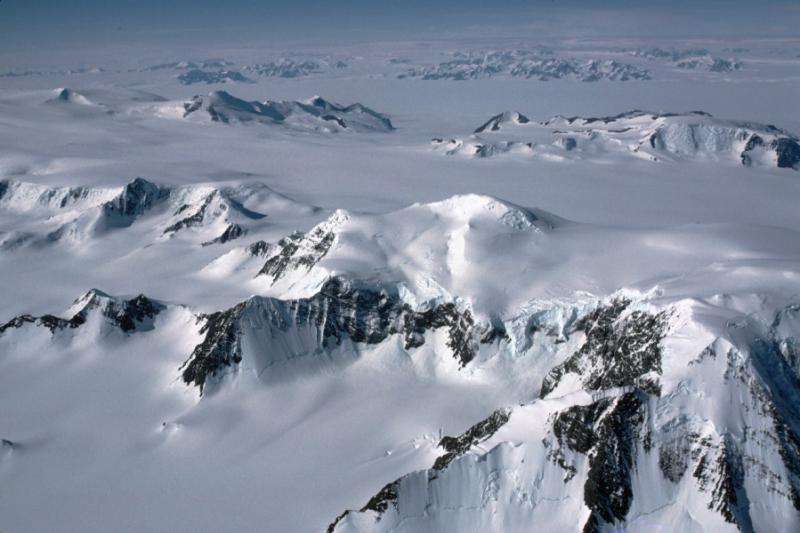Modelling Gondwana break-up

Gondwana break-up changed the global continental configuration, leading to the opening of major oceanic gateways, shifts in the climate system and significant impacts on the biosphere, hydrosphere and cryosphere.
Although of global importance, the earliest stages of the supercontinental fragmentation are poorly understood. Reconstructing the processes driving Gondwana break-up within the ice-covered Weddell Sea Rift System (WSRS) has proven particularly challenging. Here we present new compilations of airborne magnetic and airborne gravity data, together with digital enhancements and 2D models, enabling us to re-evaluate the crustal architecture of the WSRS and its tectonic and kinematic evolution.
Although geophysically favoured, our new model cannot easily be reconciled with geological and paleomagnetic interpretations, however, our model provides a simpler view of the WSRS as a broad Jurassic extensional/transtensional province within a distributed plate boundary between East and West Antarctica.
More information: T.A. Jordan et al. New geophysical compilations link crustal block motion to Jurassic extension and strike-slip faulting in the Weddell Sea Rift System of West Antarctica, Gondwana Research (2017). DOI: 10.1016/j.gr.2016.09.009
Provided by British Antarctic Survey




















